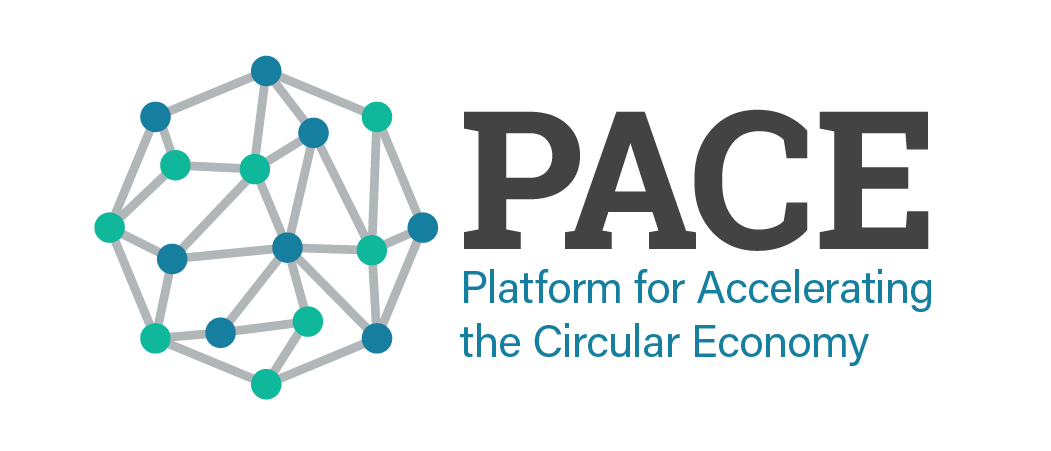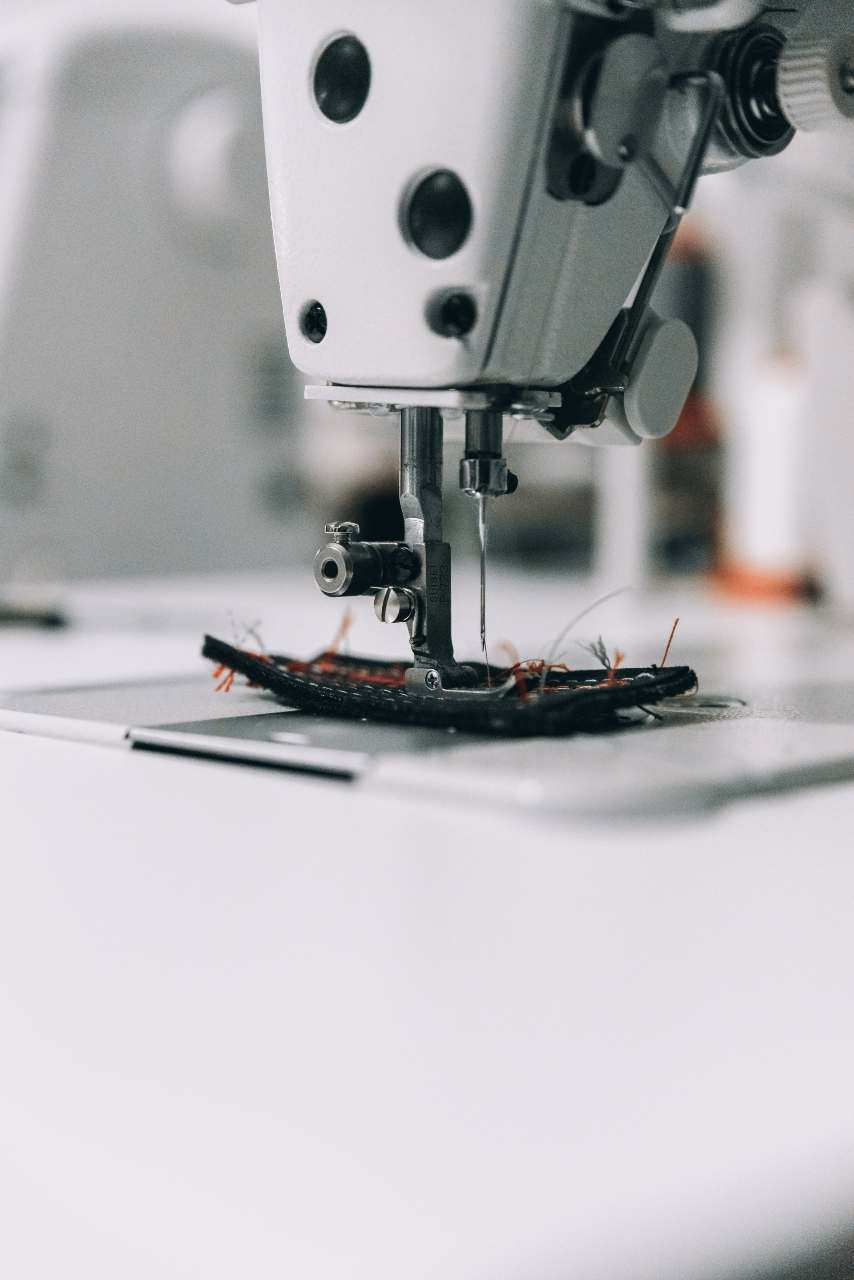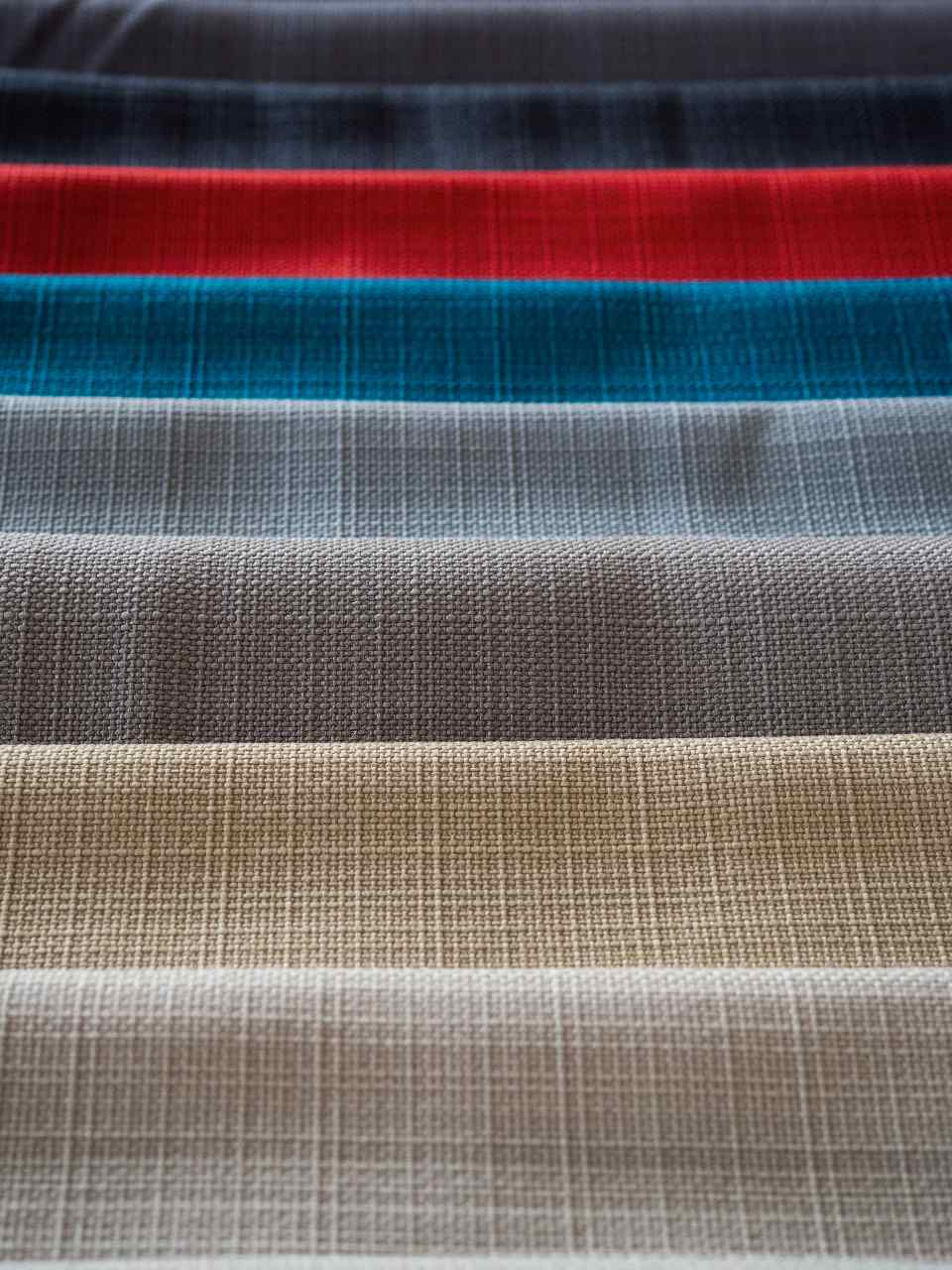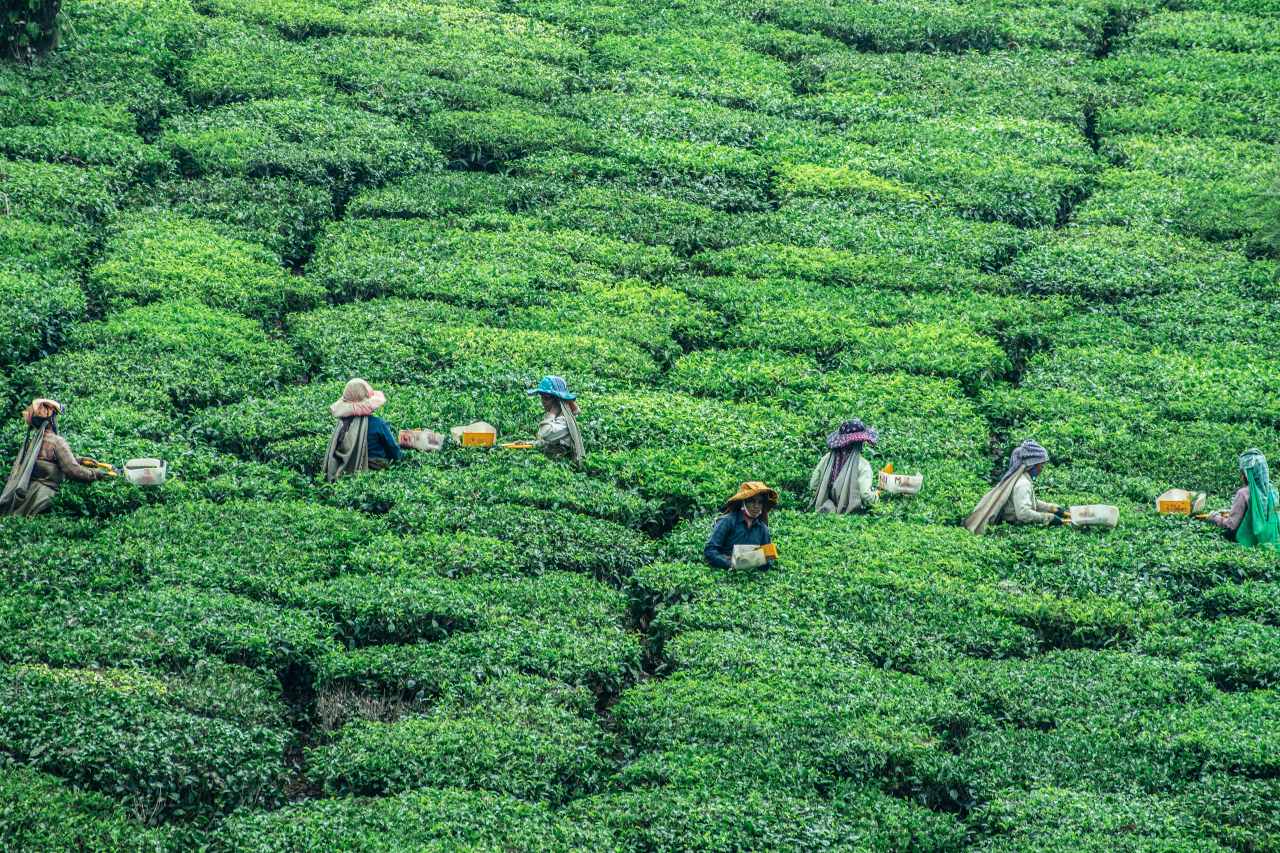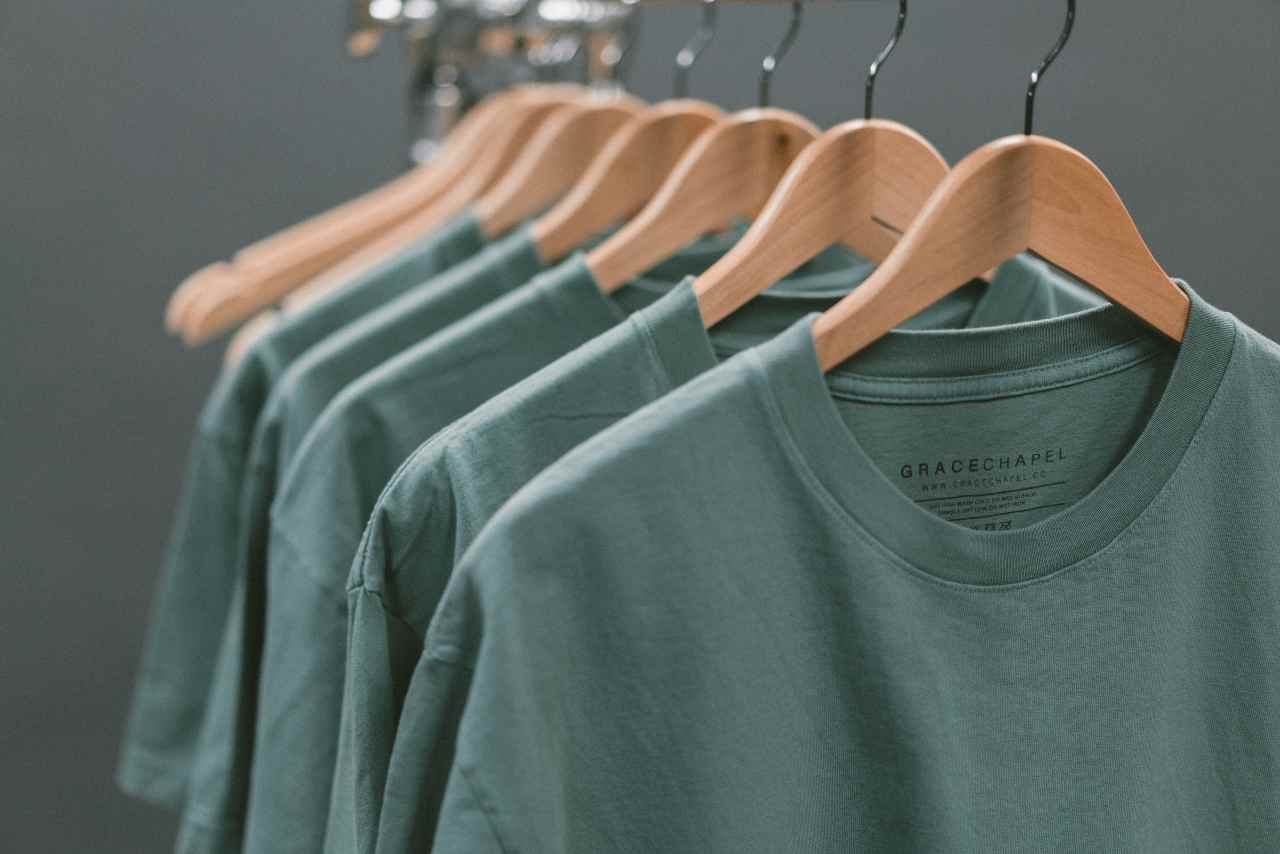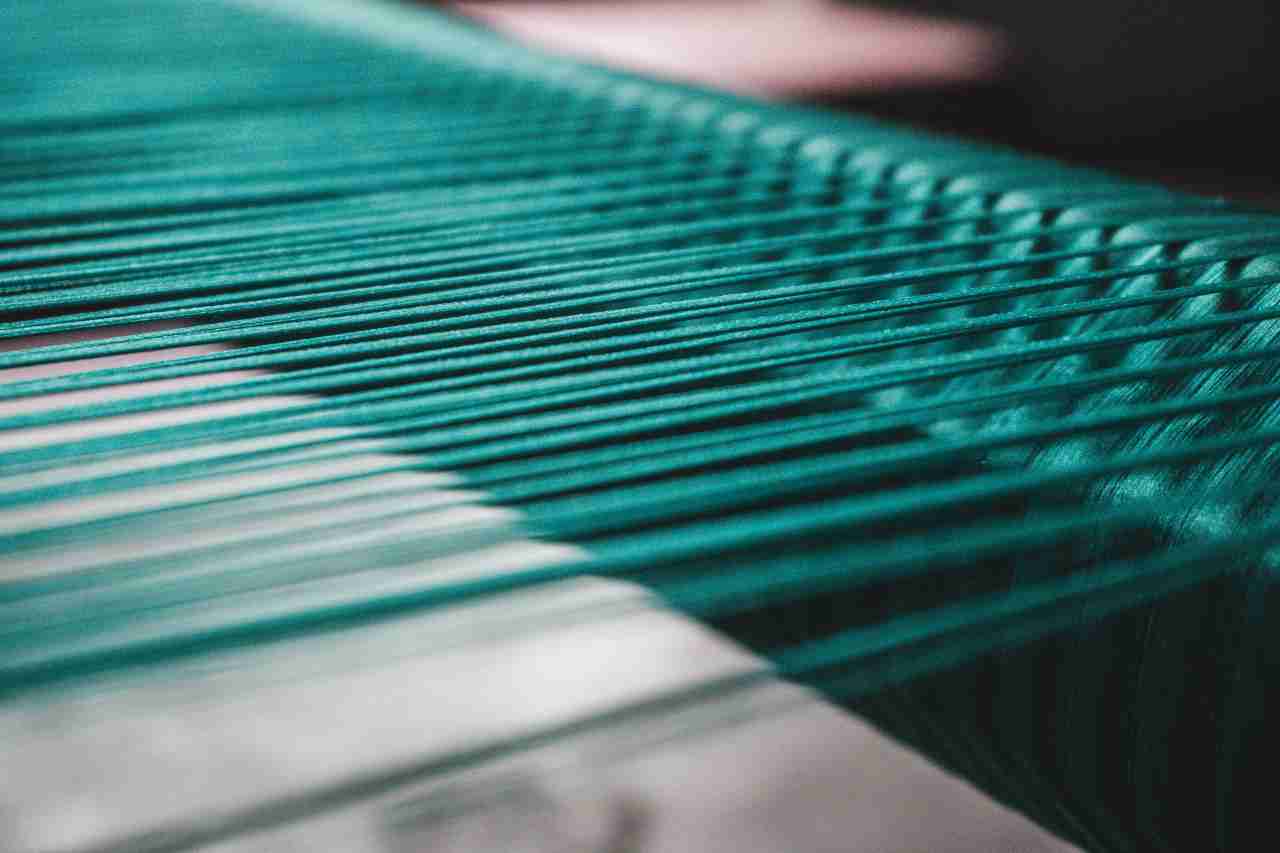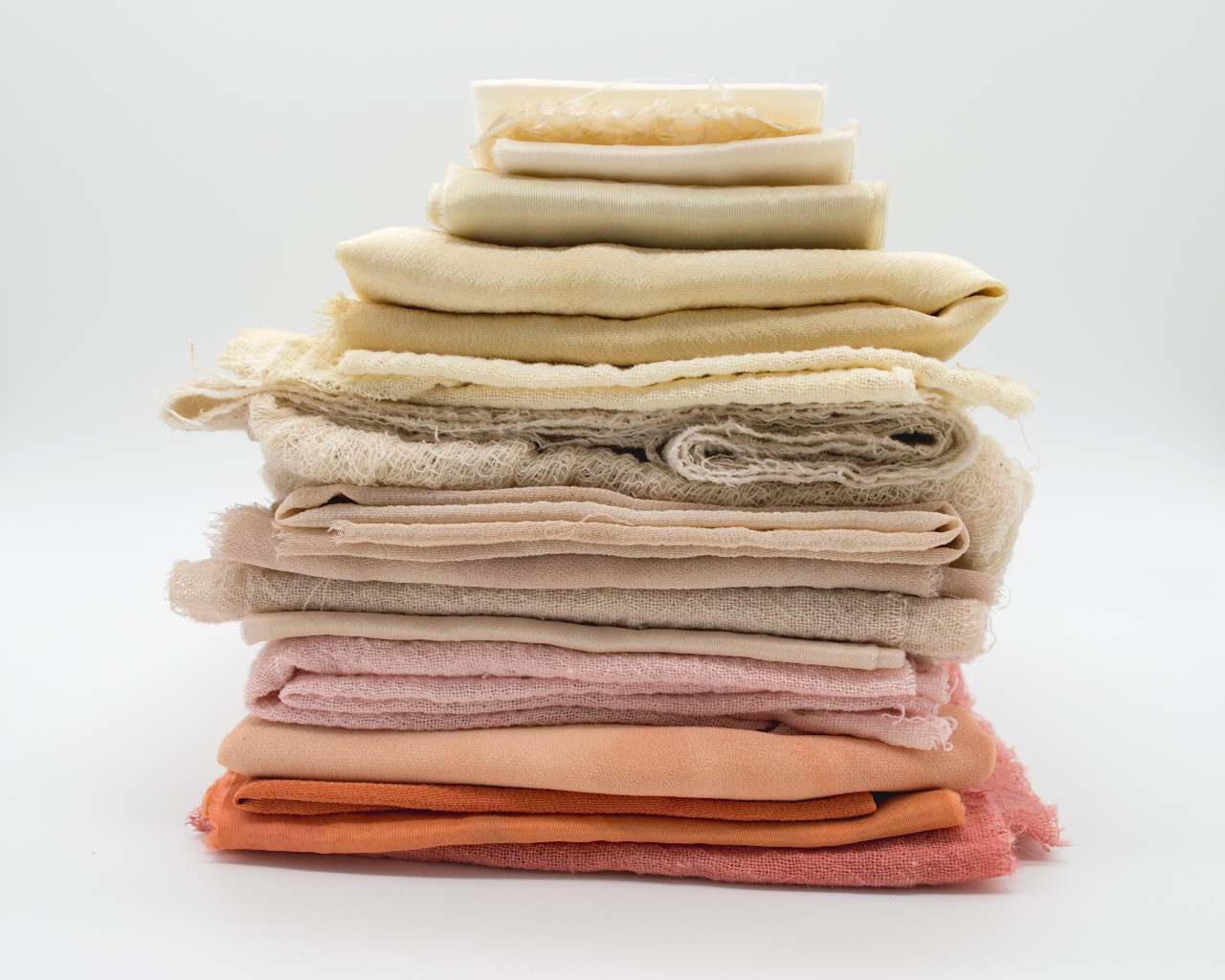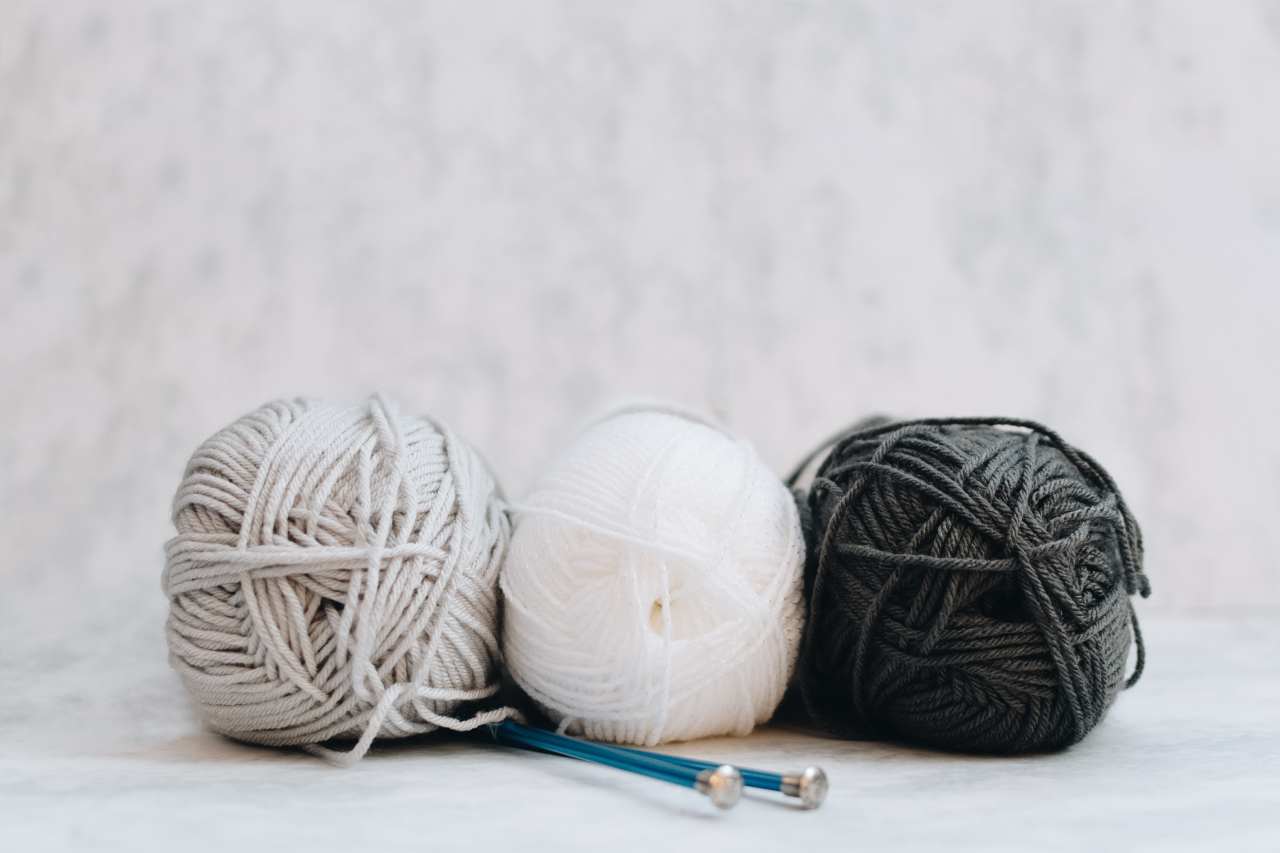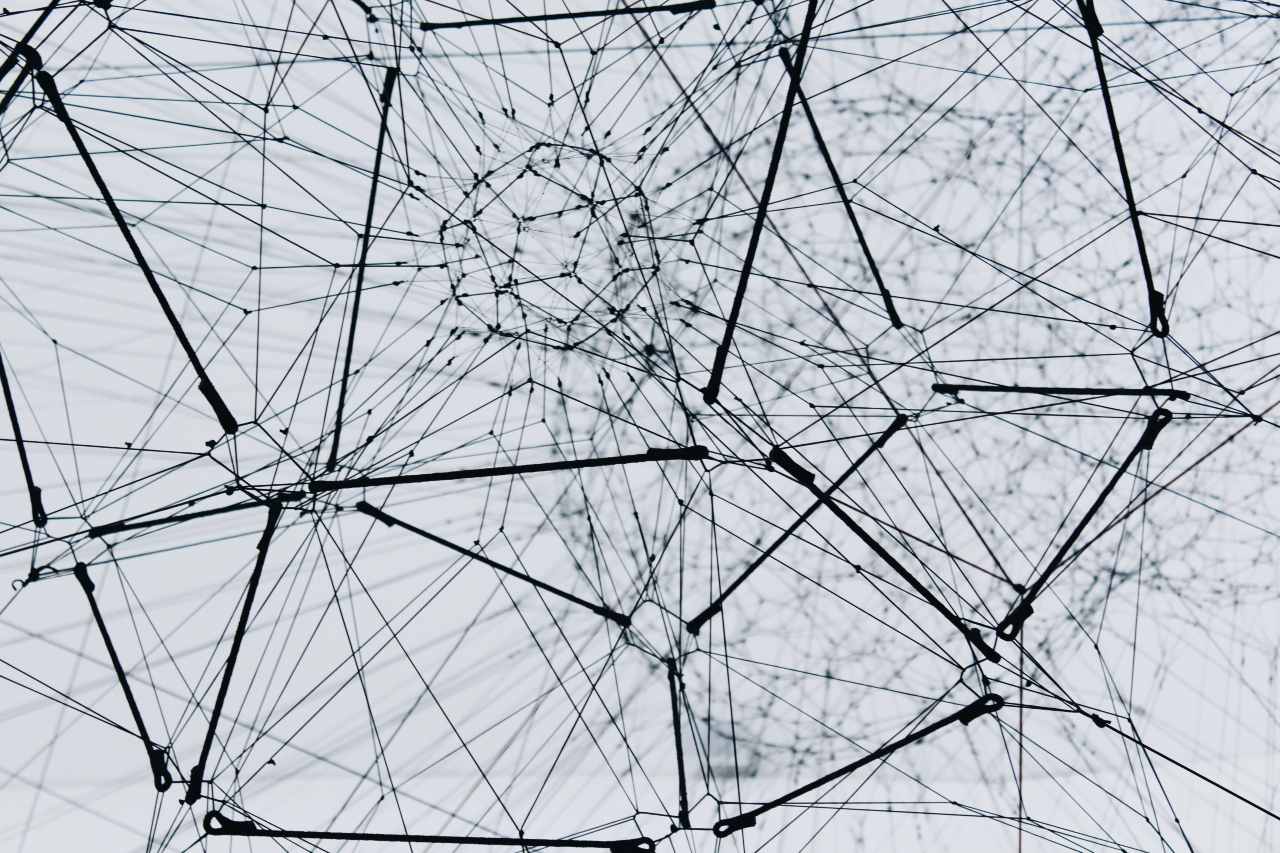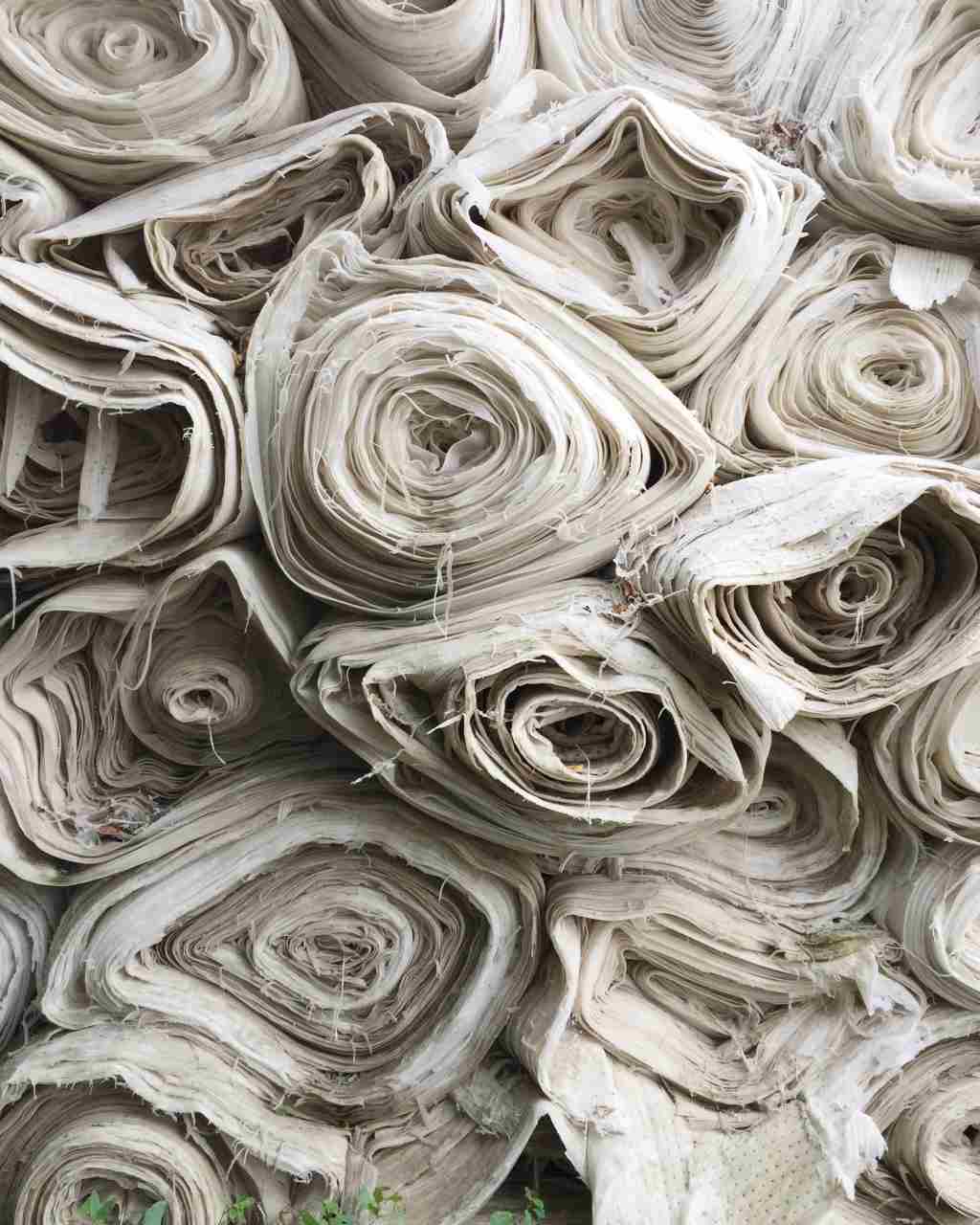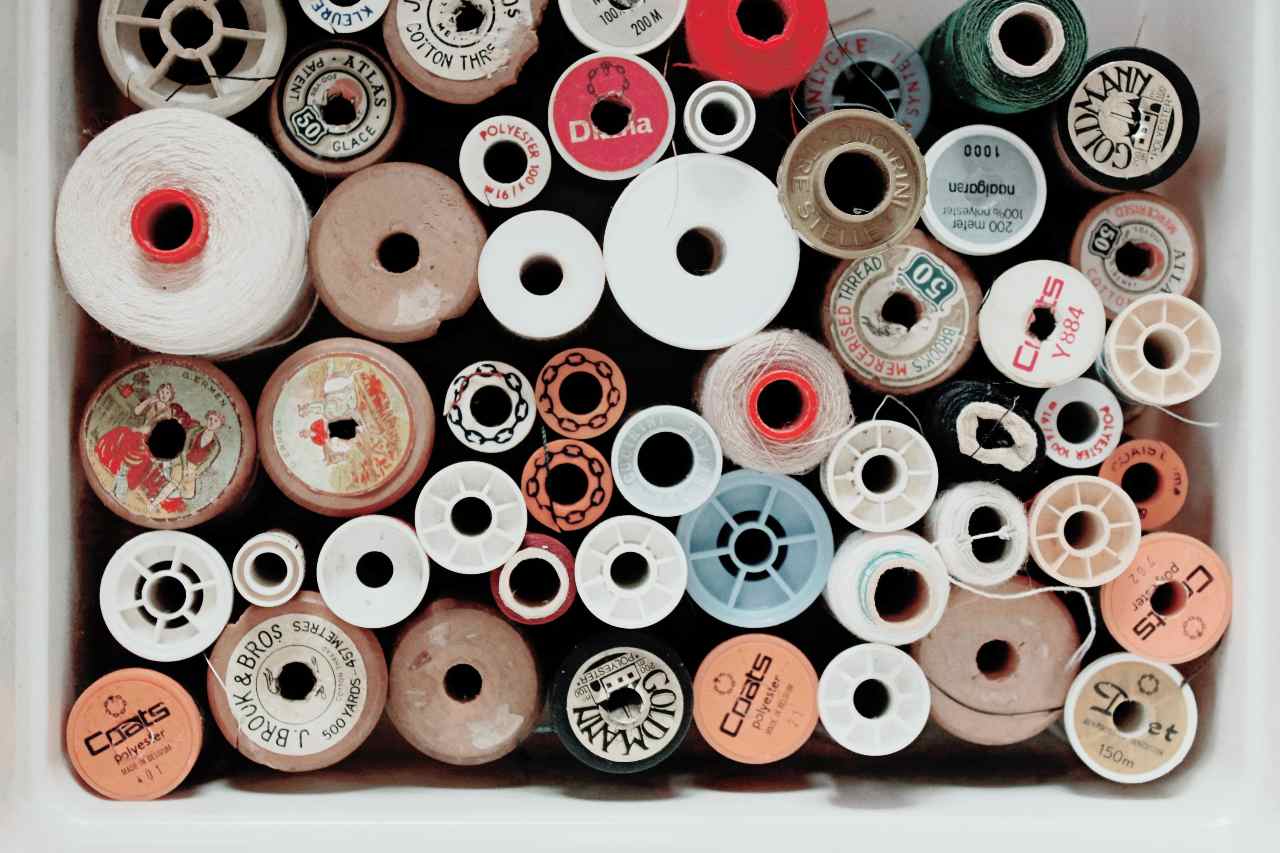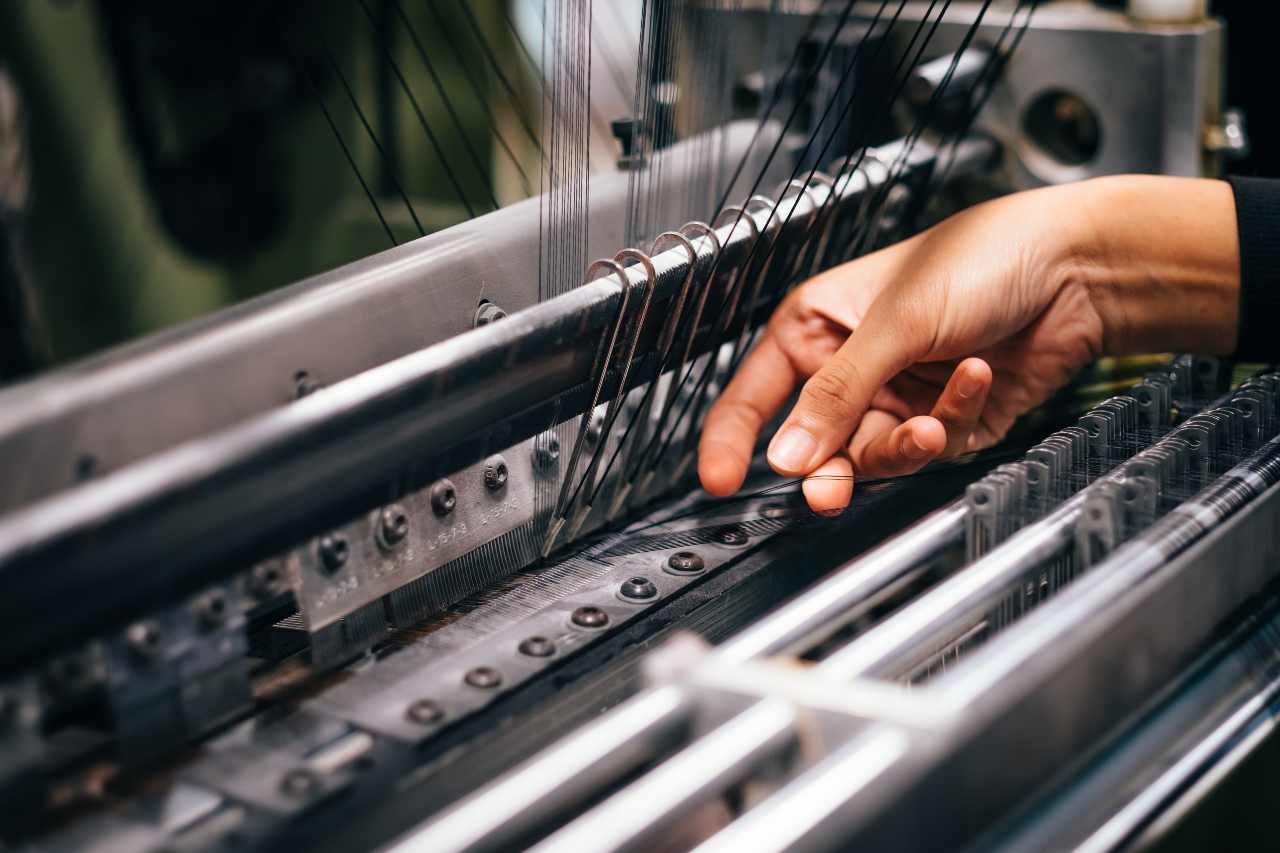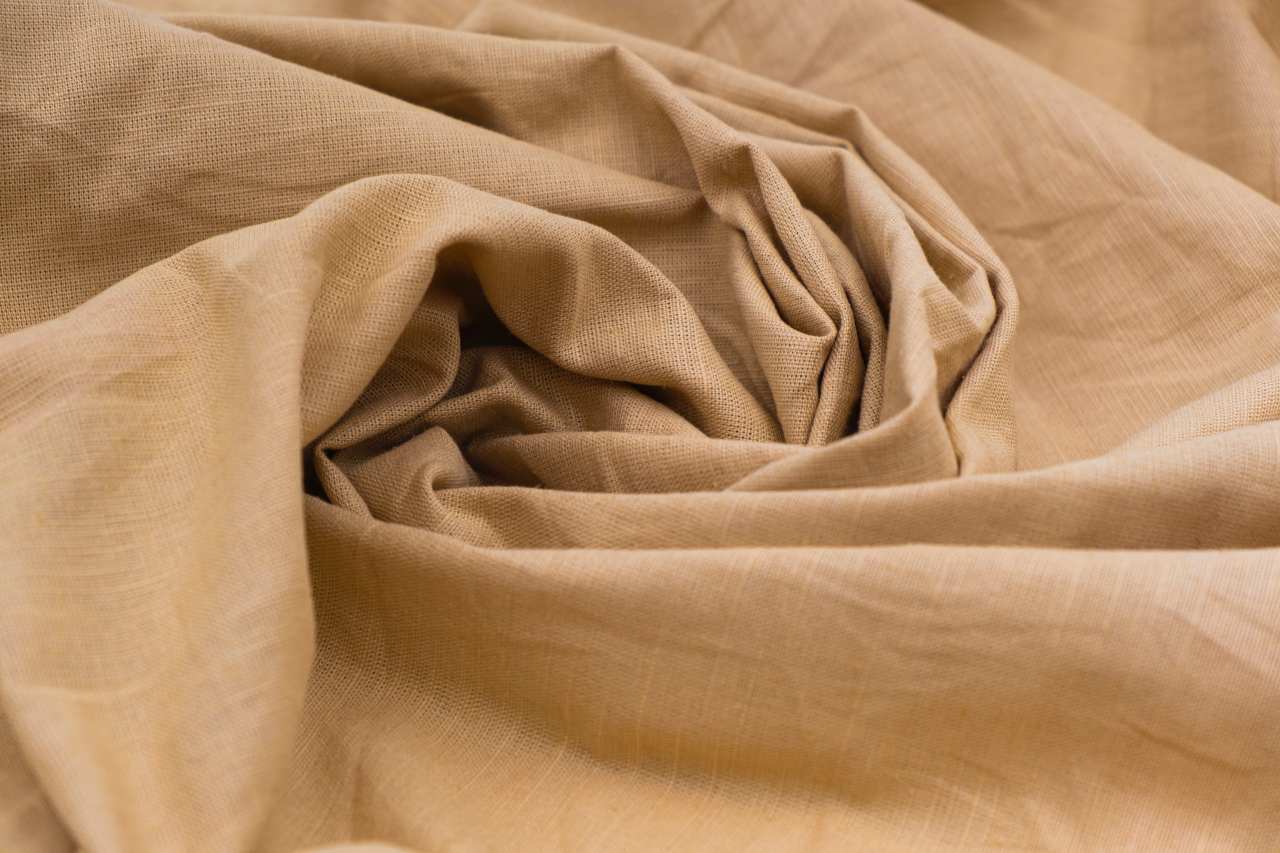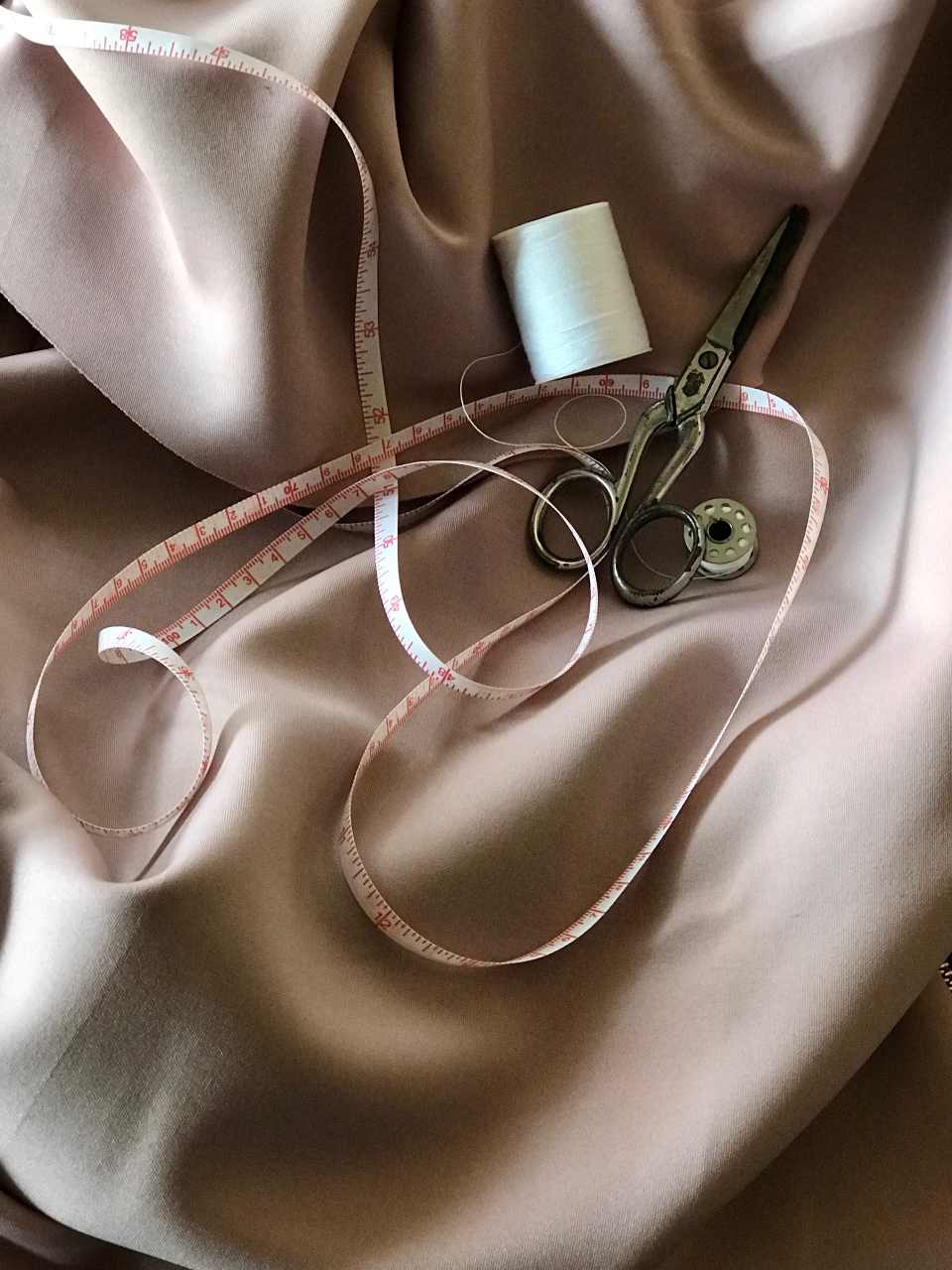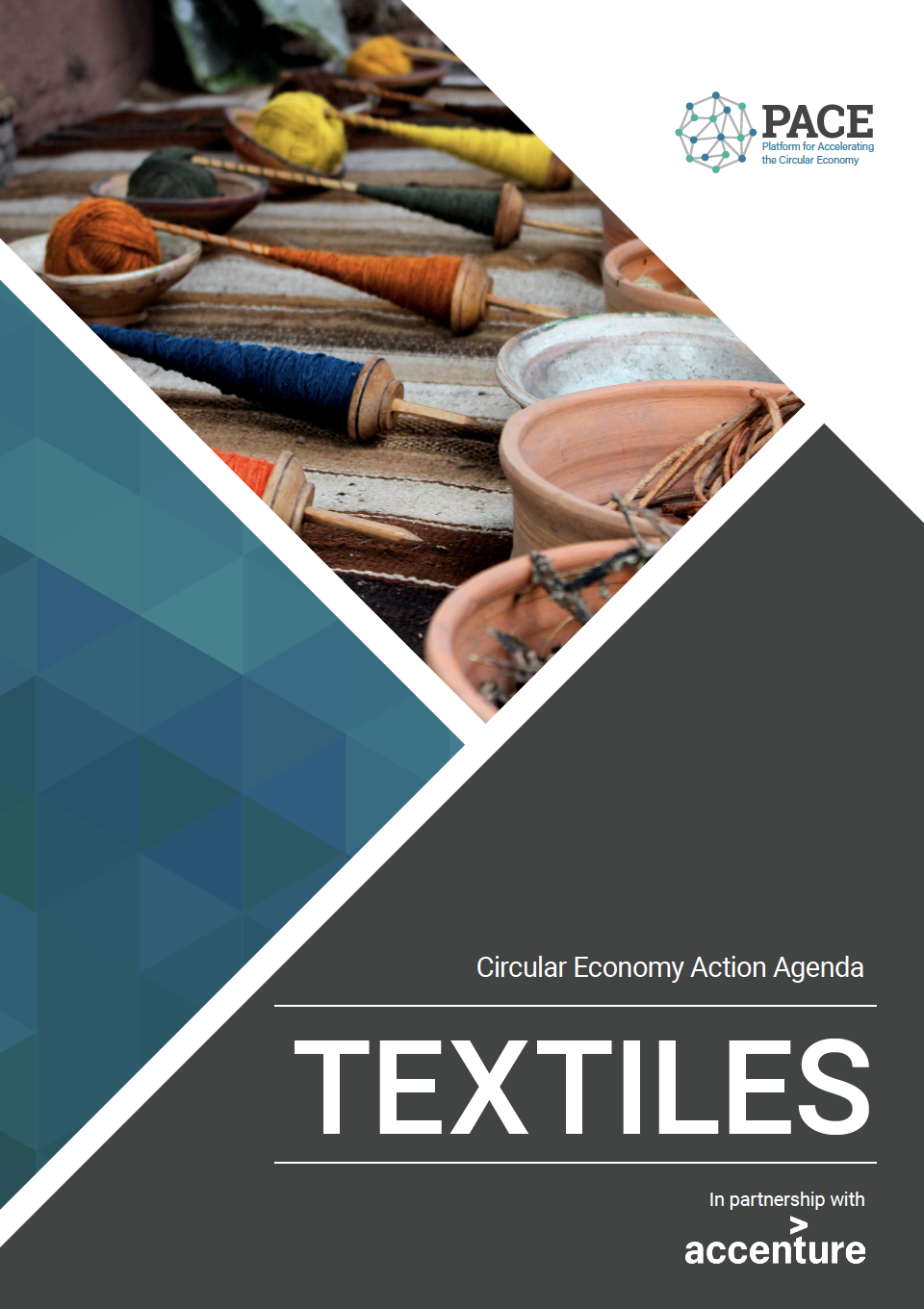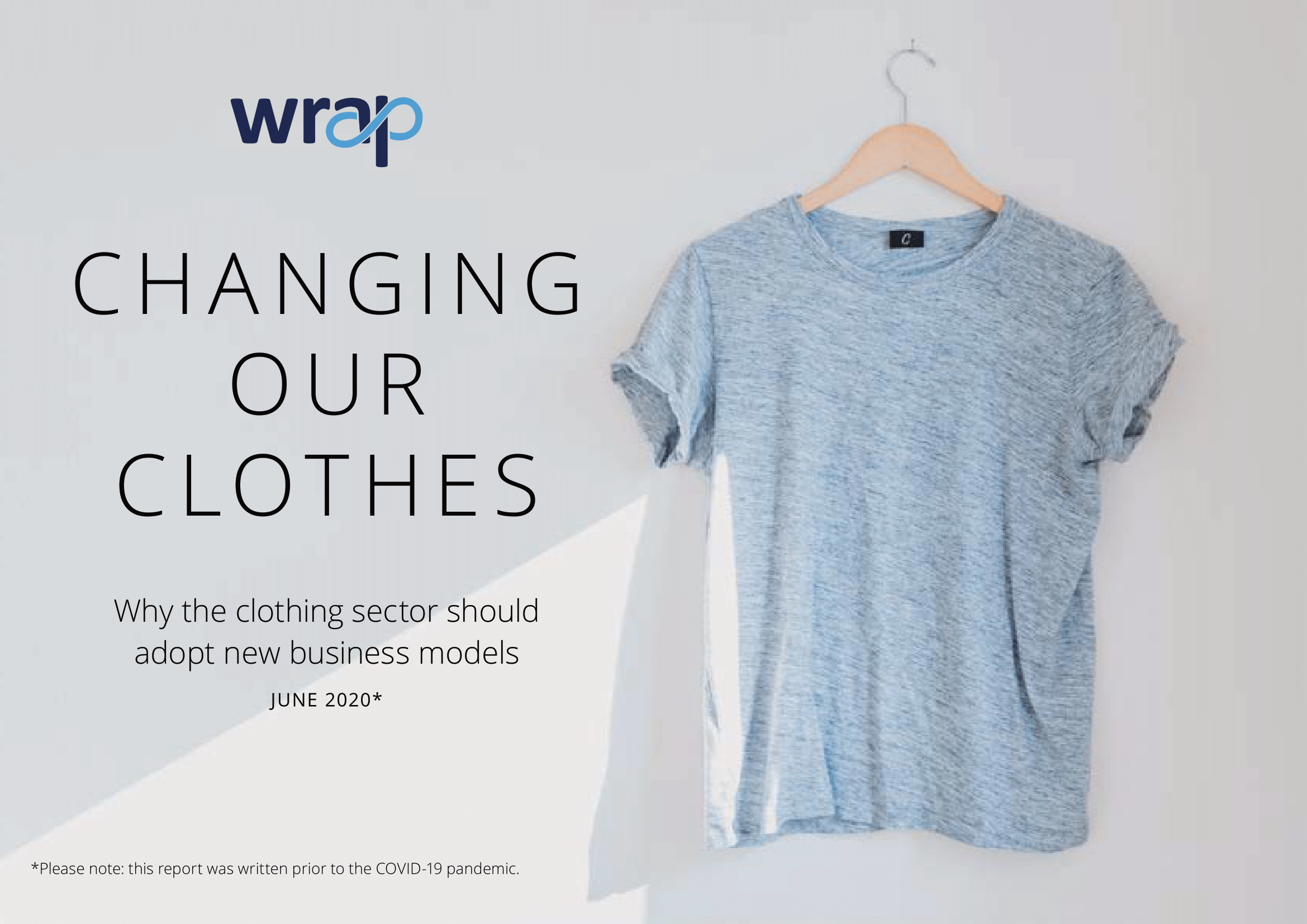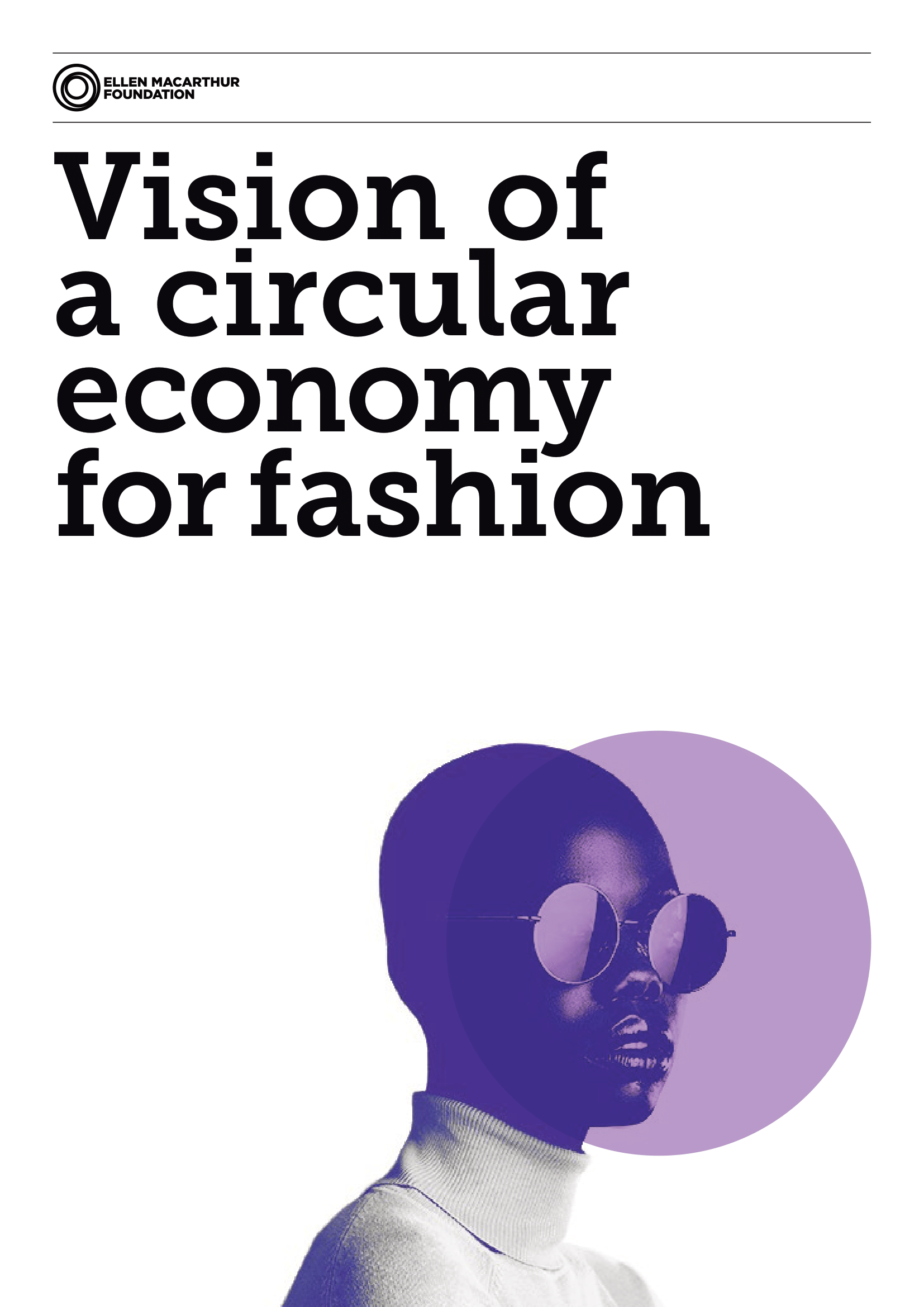Page TItle
The Textiles Program
Subtitle
Programs build collaborative actions guided by the Action Agenda and informed by the PACE community
Why is a circular economy for textiles important?
Textiles have long been an integral part of our daily lives and society, with diverse products ranging from fashion and apparel to healthcare items, industrial fabrics, and car upholstery. Today’s fashion industry is valued at US$1.3 trillion dollars, employing more than 300 million people globally.
But the sector’s significant use of toxic chemicals and finite resources, as well as issues such as inadequate protection of garment workers, are under increasing scrutiny. There are billions of products going to waste, either unsold in warehouses or stores, left unused in wardrobes, or discarded while still in good condition. There is urgent need for transformation.
Each year people throw away apparel that is still in good condition. These discarded items are worth an estimated $460 billion. Trends such as fast fashion produce high volumes of low-quality fashion items that are often used for a short amount of time and are difficult to recycle. If the average number of times a garment is worn were doubled, greenhouse gas emissions from textiles would be 44% lower.
A transformation of the textiles industry is both urgently necessary and an opportunity-in-waiting. A transition to a circular economy is expected to not only deliver environmental and social benefits, but also unlock significant economic opportunity in the fashion industry, by better capturing the value of underutilized and landfilled or incinerated clothes.
What could circularity for textiles look like?
In a circular economy for textiles:
-
Inputs for textiles are safe, recycled, or renewable
Material inputs used to make textiles do not cause harm to workers’ health during production or consumers’ during use phase. Such inputs are obtained using material inputs that are either renewable, recycled, or both.
-
Textiles are kept in use for longer
The use phase of textiles is extended optimizing utilization of textile products, particularly clothing. Textiles are no longer found unsold in warehouses or stores, neither are they forgotten in wardrobes or discarded when still in good condition. A focus on using all products made, from both production and consumption angles, is the new normal.
-
Textiles are recyclable and recycled at end-of-use
End-of-life textiles do not end up in landfills or incineration plants but are properly collected and recycled. Upcycling is prioritized over downcycling to keep the highest value aggregated to the product. Recycling techniques (mechanical and chemical) are further developed, and textiles are designed with recycling in mind.
Where is action most needed for a transition to a circular economy for textiles?
Companies, governments, civil society organizations all have a role to play in creating a circular economy. These ten calls-to-action can help us accelerate the transition to a circular economy for textiles, and make it as impactful as possible.
1. Incentivize and Support Design for Longevity and Recyclability
Textile products can be designed to last a long time by using high-quality fibers, making them easy to repair, and designing ‘timeless’ styles. Recyclability can be built in by using safe materials that are easy to disassemble, as well as focusing on homogenous fibers rather than complicated blends. Incentives and support are needed to encourage this approach in the design stage.
2. Produce Virgin Natural Fibers Sustainably, Including Land Use
Even with large-scale recycling, it will be unrealistic for the textiles industry to use only recycled materials in the foreseeable future. Action should therefore focus on working to produce virgin plant-based fibers such as cotton in a more sustainable way.
3. Encourage the Market to Use Less Clothing, and for Longer
Rethinking consumption means buying less, buying second-hand, supporting sustainable fashion, and keeping clothes in use for longer.
4. Guide and Support New Business Models for Environmental, Financial, and Social Triple-Win
New business models such as subscription, rental, and re-commerce need to be designed with environmental, social and financial impacts in mind, so that they can grow and contribute in a meaningful way to the wellbeing of people and planet.
5. Where Used Textiles Trade Occurs, Ensure Environmental and Socio-Economic Benefits
Around 70% of textiles collected for reuse is sent overseas, but much of it is likely to end up as waste rather than actually being repurposed or recycled. The used textiles trade should be managed to ensure environmental benefits and help preserve local industries.
6. Strategically Plan Collection, Sorting, and Recycling Operations
Collection and sorting of used textiles is very labor-intensive, and recycling facilities are large-scale projects requiring long-term investment. All need to be planned carefully to ensure they are in the right place and offering the right services.
7. Increase Efficiency and Quality in Textiles Sorting
Textiles sorting is currently labor intensive, costly, and inaccurate. Improving the efficiency and quality of sorting is crucial for textiles recycling, since the quality and safety of recycled textiles strongly depends on what goes into them.
8. Make the Recycled Fibers Market Competitive
Only when recycled fibers are market competitive can businesses adopt them on a significant scale, and in turn further stimulate the development of recycled material supply chains.
9. Integrate and Advance Decent Work in the Transition to a Circular Economy for Textiles
A circular economy for textiles will have a complex effect on decent work, shifting employment from farming and manufacturing to later stages of the value chain such as repair, resale, sorting and recycling. It provides the potential for higher quality jobs, especially for informal workers, improving working conditions and safety, as well as wages and social security. It will not happen automatically though—targeted efforts are needed from governments, companies, and civil society organizations.
10. Investigate the Socio-Economic Impacts of a Circular Economy for Textiles
There is a lack of quantitative research to understand the potential socio-economic effects of increased circularity in textiles, so we need more research to bridge this critical knowledge gap.
